The high-pressure fuel pump generates fuel pressure inside the common rail by controlling the output of fuel. As the interface between the high-pressure oil circuit and the low-pressure oil circuit, it mainly provides sufficient high-pressure fuel to the common rail.
The main manifestations of high-pressure fuel pump failure are:
1. When the accelerator is released, there will be a setback. When the vehicle is driving at 70 or 80 miles per hour, if the vehicle is found to be very obvious when the accelerator is released, the engine vibration is also very obvious. At this time, the car should be slowly parked in a safe area and the instantaneous oil pressure of the vehicle at idle speed should be checked. Low oil pressure proves that the high-pressure oil pump has aged. Because after the accelerator is released, the fuel supply is instantly reduced, the engine sprays insufficient fuel, and the engine speed drops sharply and cannot support the speed of the gearbox, which leads to the occurrence of setbacks.
2. When the vehicle is in neutral, the idle instantaneous oil pressure is abnormal without the air conditioner, which is mainly caused by the side leakage of the oil pump and insufficient oil supply pressure. The oil pressure in the normal idle state is generally lower than 0.7, and the instantaneous oil pressure abnormality requires special attention and professional maintenance at any time.
3. The vehicle can be started without any problems when it is cold, but it is difficult to start when it is hot. This is mainly because the hydraulic oil pump is connected to the vehicle crankcase. If the oil pump is aged and leaks, gasoline will leak into the crankcase. Under the influence of oil temperature, the oil and gas concentration in the cylinder is too high, making the vehicle unable to start.
4. The engine fault light is on
Performance: The engine fault light (such as yellow light) is on the instrument panel, and the diagnostic instrument reads the fuel pressure related fault code (such as P0087 "Fuel pressure is too low" or P0190 "Fuel pressure sensor failure").
Cause: The ECU detects that the actual fuel pressure deviates too much from the target value.
5. Abnormal noise
Performance: High-frequency metal friction, knocking or "clicking" sounds are heard in the engine compartment (increasing with the increase of speed).
Cause: Wear of mechanical parts inside the pump (such as wear of plunger and camshaft) or poor lubrication.
6. Abnormal increase in fuel consumption
Performance: The fuel consumption increases significantly, but the power does not increase.
Cause: Insufficient pressure causes the ECU to extend the injection time to compensate for the fuel supply, or the mixture is too rich and the combustion is incomplete.
7. Abnormal exhaust emissions
Symptoms: Pungent exhaust odor (unburned fuel smell), black smoke (mixture is too rich) or emission detection exceeds the standard.
Cause: Poor fuel atomization or inaccurate fuel injection leads to reduced combustion efficiency.
8. Fuel leakage (in a few cases)
Symptoms: There are traces of fuel leakage in the engine compartment or near the fuel pump, accompanied by a strong gasoline smell.
Cause: Aging or damage of the high-pressure fuel pump seal (such as O-ring).
9. Sudden flameout during driving
Symptoms: The vehicle stalls without warning during driving and is difficult to restart.
Cause: The high-pressure fuel pump fails completely and the fuel supply is interrupted.
Tags: high-pressure fuel pump













-359x221.webp)

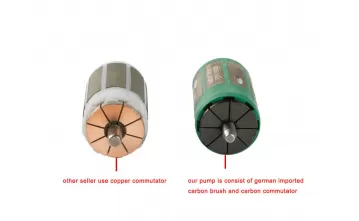
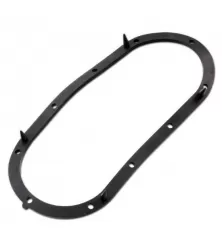
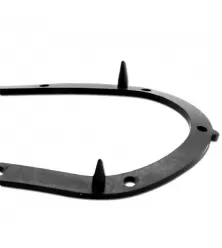
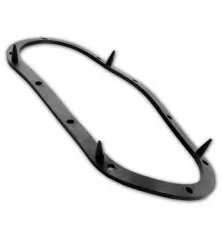
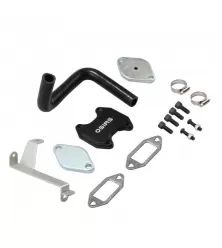
-560x560-222x248.webp)
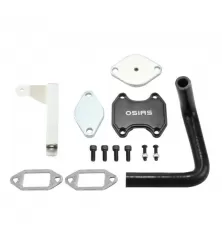
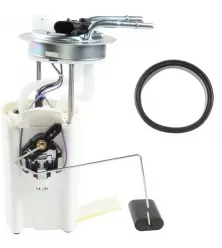
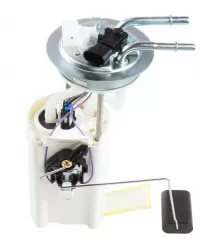
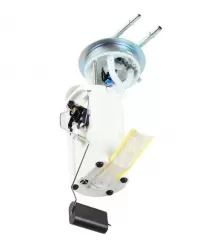
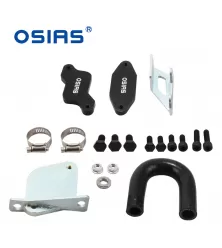
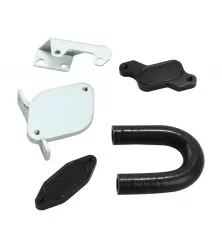
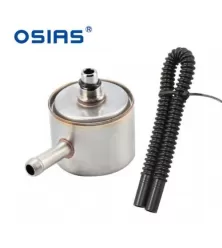
Write a comment